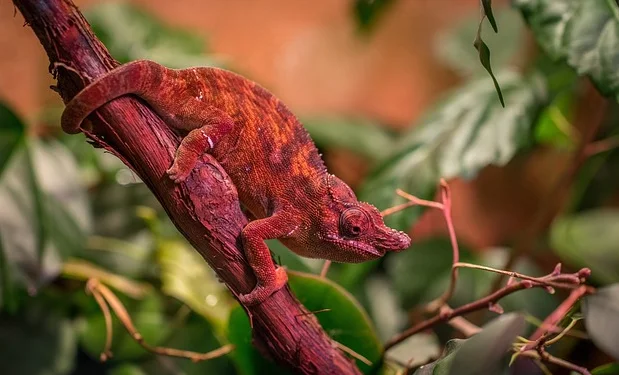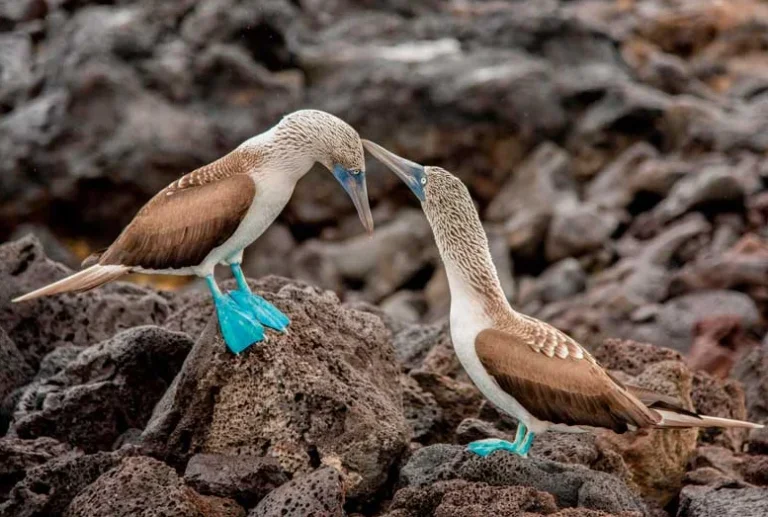Pink Dolphins: Mesmerizing Marvels of the Amazon and Beauty of Nature
Pink dolphins are like the friendly unicorns of the water world! Envision a dolphin that is a stunning shade of pink, rather than plain gray or blue. These entertaining animals, sometimes referred to as boto or Amazon river dolphins, swim through the murky rivers of South America, their vivid color standing out against the dark water. They have sleek bodies and long snouts, and they’re not only adorable but also very intelligent and inquisitive. If you’re lucky enough to notice them, you might capture them leaping and flipping, showcasing their acrobatics!
However, these amazing animals are more complex than their appearance suggests. In order to preserve the delicate balance of life in the rivers where they live, pink dolphins are essential to their ecosystems. They frequently use their echolocation abilities to find fish and find their way around the narrow streams. We must educate ourselves about and take action to safeguard these amazing species because, regrettably, pollution and human activity are threatening their habitat. So let’s explore the fascinating world of pink dolphins in more detail and find out what makes them so unique!
The Enigmatic World of Pink Dolphins
A Unique Appearance
Because of their remarkable hue, which varies from a gentle blush to a vivid pink, pink dolphins are easily recognized. Blood veins near the skin’s surface and the dolphins’ natural habits combine to give this distinctive color. It’s interesting to note that their hue can alter depending on activity level and attitude; excitement tends to make them more pink. This extraordinary characteristic puts them distinct from other dolphin species, making them a source of intrigue for scientists and amateurs alike.
Their sleek and colorful bodies enable them to move quickly across their intricate environments. In contrast to their relatives that live in the water, pink dolphins have larger snouts and more flexible necks, allowing them to effortlessly twist and turn as they search for food. Their ability to adapt is ideal for living in the Amazon River, where there are many impediments like as logs and plants. Their capacity to investigate their surroundings and seek out prey is improved by this distinctive shape.
In addition, lively behaviors like jumping out of the water and doing acrobatics are frequently observed in pink dolphins. Within their pods, these social exchanges are essential for bonding and communication. It is a captivating pleasure to watch these endearing animals in their natural environment, exhibiting both their beauty and their active character.
Habitat and Distribution
Pink dolphins, which are mostly found in the Amazon River and its tributaries, do well in freshwater habitats with an abundance of food and cover. They are found in a number of nations, including Bolivia, Peru, Colombia, Brazil, and Bolivia. Rich habitat is created by the intricate web of rivers, lakes, and flooded woods, which sustains a wide variety of ecosystems. They hunt, interact with one another, and raise their young in this complex habitat.

Pink dolphins, in contrast to many other marine mammals, like shallower waters and frequently explore regions that are inaccessible to larger predators. They are known to live in places with muddy bottoms because it makes it easier for them to find fish, crabs, and other aquatic life. In addition to offering food, the muddy riverbeds aid in their camouflage, allowing them to blend in with their environment. Their ability to adapt to their surroundings is essential to their survival.
Nevertheless, human activity is posing a growing threat to these fascinating habitats. The environments that pink dolphins rely on are greatly impacted by pollution, deforestation, and the building of dams. Urgent conservation measures are needed to save these fascinating species’ habitats since their future is in jeopardy due to changing environmental conditions.
Behavior and Social Structure
Pink dolphins, which can number from a few to several dozen, are recognized for their intelligence and gregarious behavior. They frequently live in groups, called pods. Since most of the members in these pods are family, they promote close social ties. It is essential for the pod to communicate, and pink dolphins achieve this by using a variety of clicks, whistles, and body language. This complex kind of communication improves family relationships and fosters collaboration when hunting.
Beyond only interacting with people, these dolphins have a playful attitude and participate in a variety of intelligent activities. For example, when they are foraging on the riverbed, they have been seen utilizing objects like marine sponges to shield their rostrums. Their creative conduct demonstrates their capacity for adaptability and problem-solving, two qualities necessary for success in their particular setting.
Furthermore, the flexible social structure of pink dolphin pods permits interactions between various groups. This adaptability fosters genetic diversity and knowledge exchange between people. Pink dolphins are among the most fascinating marine creatures to study because they consistently demonstrate their emotional complexity and intellect through their social networks.
Diet and Hunting Techniques
Though they are opportunistic eaters and will eat a range of aquatic species, including crustaceans and tiny turtles, pink dolphins predominantly eat fish. Their methods of hunting are as varied as their food. They are able to locate prey in murky waters by using echolocation, which is the process of emitting sound waves that rebound off things. They are extremely effective hunters even in difficult situations because of this amazing skill.

Pink dolphins use a range of tactics to catch their prey, and they frequently hunt in small groups or by themselves. They might, for instance, herd fish into dense groups that facilitate their capture. Their ability to hunt together demonstrates their social and intellectual acumen and highlights their adaptation in a complicated habitat. The amazement of their natural activities is enhanced by the fact that they also exhibit a playful side, occasionally pursuing fish in an apparently joyful manner.
Furthermore, seasonal variations in their habitat have an impact on the feeding patterns of pink dolphins. They might hunt in flooded forests during the dry season when the water levels drop. Because of their versatility, they may thrive in a changing environment and take advantage of various resources, demonstrating their species’ resilience.
Conservation Challenges
Pink dolphins are charming and intelligent, yet they have serious conservation issues. Their survival is threatened by habitat loss brought on by pollution, deforestation, and climate change. The Amazon River used to be alive with life, but industrial activity is having an increasing negative impact on it by destroying the sensitive ecosystems and lowering the water quality. Aside from the dolphins, numerous other species that depend on the river for existence are also impacted by this pollution.
Additionally, pink dolphins can become unintentionally entangled in fishing nets, which can result in mortality. Sustainable fishing programs are essential for preserving these populations because local fishing methods can seriously endanger them.
Promoting a more peaceful coexistence between people and these amazing animals requires awareness campaigns and community involvement.

Pink dolphins conservation initiatives are gathering steam as groups put in endless effort to save the dolphins’ habitats and raise public awareness. It is possible to envision a time in the future when pink dolphins can flourish in their native habitat via study, instruction, and community involvement. Their continued existence serves as evidence of how crucial it is to protect the rich ecosystems of our planet and conserve biodiversity.






